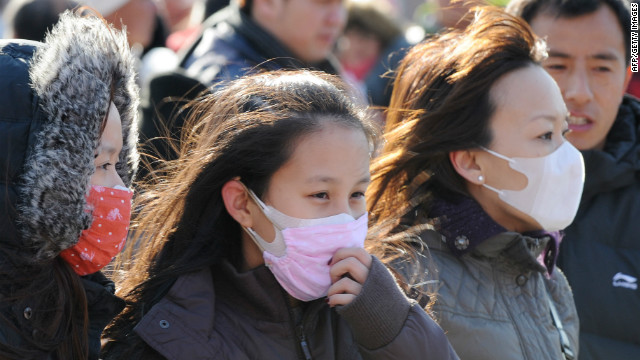<p style="text-align: justify;">Dust may pose a health problem when present indoors or out. Also known as particle pollution, dust remains virtually unavoidable, occurs all year round and consists of a mixture of numerous items that may cause a number of problems including general irritation, allergic reactions or infections. Typical house dust often contains:</p>
<p style="text-align: justify;">* Human skin cells<br />
* Pet dander<br />
* Dust mites and waste<br />
* Fabric fibers<br />
* Bacteria<br />
* Fungi or mold<br />
* Viruses<br />
* Insect or other pest body parts, dander or waste<br />
* Various chemicals including flame retardants or PBDEs<br />
* Dirt or sand particles<br />
* Asbestos or other construction material debris<br />
* Heavy metals</p>
<p style="text-align: justify;">Whether walking around or coming in contact with surfaces, dust rises into the air. Home occupants inhale dust into the lungs or absorb the many components through the skin. The amount of dust absorbed varies with the season and the amount of time spent indoors. Children of all ages become especially vulnerable while crawling or playing on the floor and putting their fingers in their mouths. The Environmental Protection Agency estimates that youngsters consume anywhere from 10 to 400 milligrams of dust daily.</p>
<h3 style="text-align: justify;"><strong>Inhaling Dust Particles</strong></h3>
<p style="text-align: justify;">When someone inhales, dust first enters the nose, which traps some but not all particles. The smallest of particles travel down the trachea and into the bronchi and bronchioles. Lined with cells and mucus, this region further traps more particles. This area also has an abundance of tiny hairs or cilia that move the dust laden mucus up and to the throat. People then remove these minute particles when sneezing, coughing or spitting. Air from this area journeys into the alveoli sacs that lie in the most interior region of the lungs. When dust manages to venture down this pathway, immune cells known as macrophages consume the dust. The body also manufactures proteins that attach to the microscopic particles and neutralize the contaminants. Cilia may then remove the irritants, it may remain trapped in the lungs or contact the bloodstream.</p>
<h3 style="text-align: justify;"><strong>Systemic Reactions to Dust</strong></h3>
<p style="text-align: justify;">Inhaling dust filled with tiny microbes often leads to upper or lower respiratory tract infections. Any reaction initiated by the body largely depends where along the respiratory tract the particles settle. When trapped in the nose, individuals often experience itching, mucus production and sneezing. Inflammation and swelling may occur. Similar symptoms occur when dust moves down to the trachea and bronchi.</p>
<p style="text-align: justify;">Dust containing solid fibrous or silica particles that successfully travel deeper within the lungs also may cause an inflammatory process known as fibrosis or silicosis, which triggers scar tissue formation. Chemical containing components often emit toxins into the lungs, which may cause irritation, inflammation or toxic conditions. In addition to experiencing an allergic reaction, the contaminants consisting of embedded particles or absorbed chemicals might also eventually lead to pneumonia or malignancies. If coming in contact with the blood and traveling throughout the body, dust may produce a variety of reactions that include infections or malfunction of various organs.</p>
<p style="text-align: justify;">When conducting studies on PBDE inhalation, researchers found that 66 percent of the chemicals found in adults originated from common household dust. In infants and young children, this number rose to 90 percent. In addition to causing possible respiratory tract problems, PBDEs then travel through the bloodstream and interfere with young brain development and the production of reproductive hormones.</p>
<h3 style="text-align: justify;"><strong>Protecting the Respiratory Tract</strong></h3>
<p style="text-align: justify;">Reducing the amount of dust inhaled or absorbed through the skin entails performing a number of preventative tasks. Removing shoes when coming indoors ensures that particles are not tracked throughout the home. When housecleaning, vacuuming instead of sweeping removes dust from all surfaces. Wet dusting or mopping also helps retrieve excess dust. Some prefer to use air cleaners or vacuums equipped with HEPA filters that assist in keeping air cleaner.</p>
<p style="text-align: justify;">Eileen Saw writes on topics of family health and contributes to a number of sites on health and well-being.</p>

How Dust Particles In The Air Can Affect Our Health
